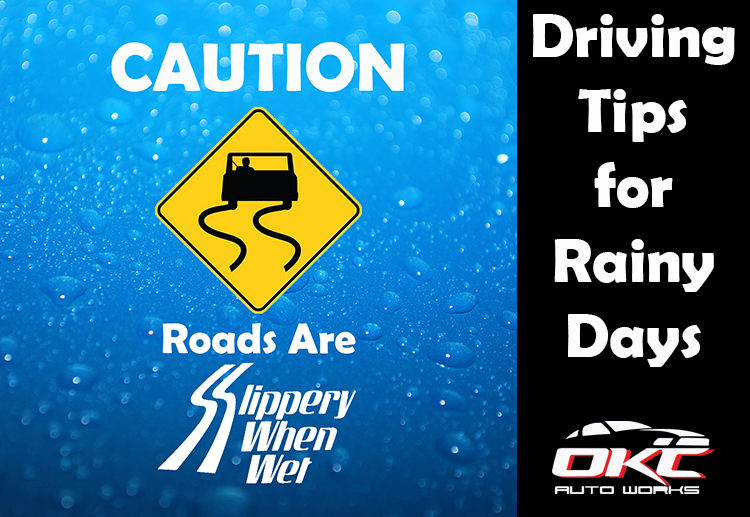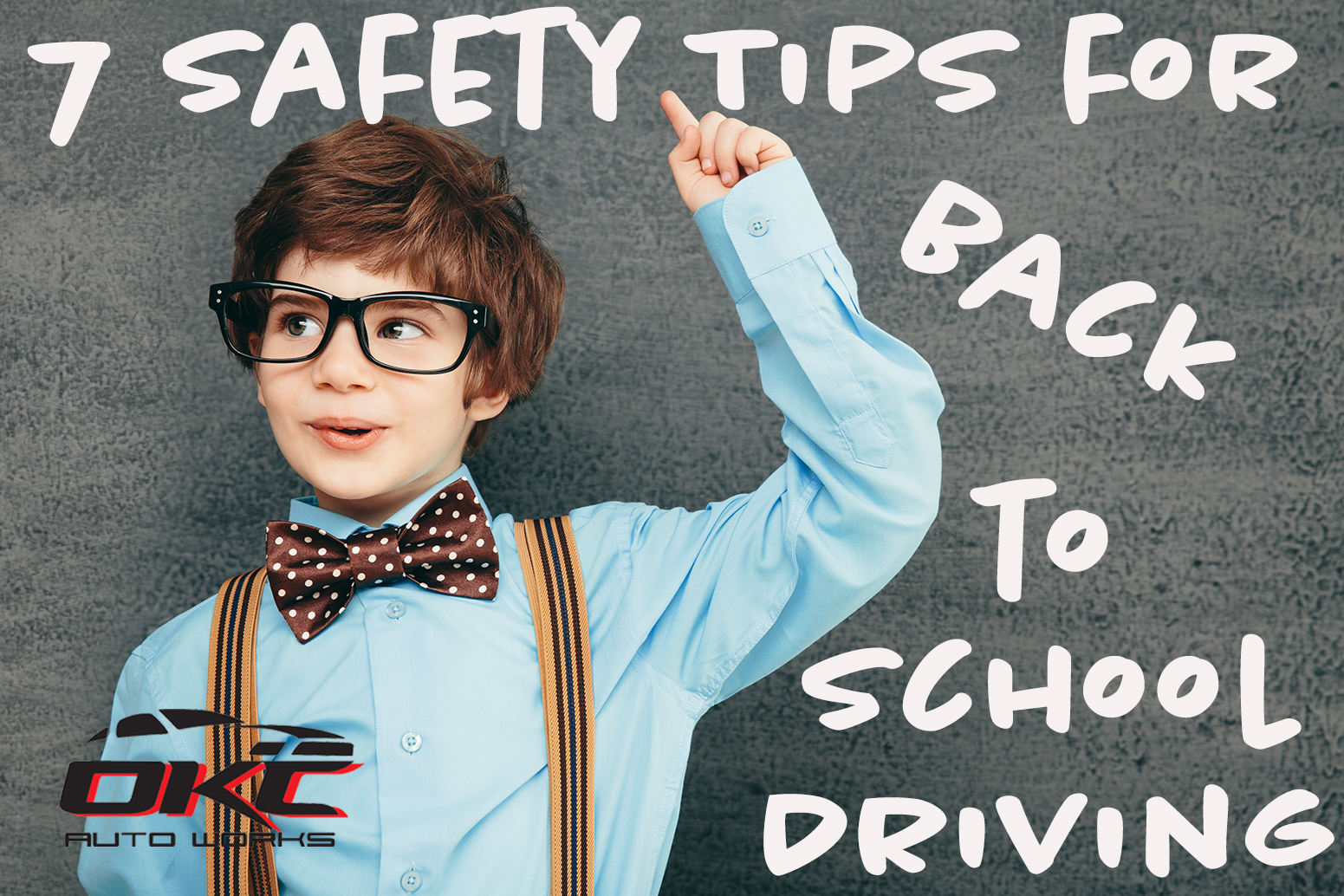As we head into our last week of May we find ourselves in that familiar hovering between Spring and Summer weather, we face wet roads. This hasn’t been as big of an issue with traffic being lighter than normal this Spring due to the Covid-19 pandemic; however, with people getting back on the roads now and traffic increasing back to normal levels a reminder may be in order. Just like on snowy and icy roads, we need to keep some things in mind when driving in wet conditions. With the high potential for rain and storms these next two days, we thought it would be beneficial to share some tips for safe driving during the rain and storms. After all, we all know that roads are slippery when wet, but not everyone knows how to drive in the rain.
Be prepared: You never know when it will rain, so always make sure your windshield wipers are in proper working order and don’t leave streaks across your field of vision. You’ll want to make sure your tires are properly inflated and in good shape as well. This is to prevent any traction issues due to the water. Of course, rain or shine, you want to ensure that your brakes work well, so if you have to stop quickly.
Turn on your headlights: We all know that heavy rain makes visibility more difficult. Turning on your headlights makes it much easier for other drivers to see you – this making it safer for both you and the other vehicles on the road. Because rainy weather creates muddy muck, you will also want to check your headlights and taillights to ensure they are clean and clear so not to impede your visibility.
Turn off cruise control: Cruise control is not your friend in “wet road” situations. In fact, it can actually make you lose control of your vehicle or increase the disastrous results of a hydroplaning situation.
Beware of hydroplaning: Hydroplaning occurs when your tire is getting more traction on the water than on the road. When this occurs, your car to start sliding uncontrollably, fishtailing or worse. If you find yourself in this situation, slowly let off the accelerator and steer straight until you regain control of your vehicle. Do not hit the brakes but do be prepared to let your foot off the gas if necessary.
Take it slow: Most people find it easy to get used to driving above or just at the speed limit – cruising to your intended destination. Speeding increases your risk of having an accident even in dry conditions, however; once rain is in the mix, you should slow down, allowing yourself extra time to get to your location. So remember that speed limit signs are for “ideal conditions,” and rain doesn’t make for ideal driving conditions, so drive carefully and cautiously.
We have almost made it past another Oklahoma Spring. As the weather starts warming up and we move into Summer, the threat of severe weather and storms will once again dissipate. Until then, remember to stay weather aware and drive safely. We hope these tips help you stay a little safe when driving on slippery wet roads.

For more helpful tips on driving in the rain, check out these articles by State Farm & AAA.


